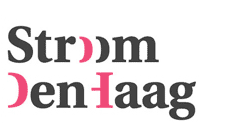After Neurath: The Global Polis
February 10 thru April 6, 2008
location: Hogewal 1-9
open: wednesday thru Sunday, 12-5 pm
Closed: Easter Sunday March 23
Curator Nader Vossoughian talks about the exhibition (filmmaker/interviewer: Henk Augustijn).
Watch this movie on YouTube.
Next chapter in the ‘After Neurath' project.
around the Austrian philosopher, sociologist and economist Otto Neurath
(1882-1945), who lived in The Hague from 1934 until 1940. The
exhibition focuses on Otto Neurath's
relationship with architecture and his influence on urban development.
Especially his ideas about the democratization of public space and how
to reconcile the intimacy and tangibility of the ancient polis with the
anonymity and diversity of the global metropolis have been very
influential to protagonists like Paul Otlet, Cornelis van Eesteren, Margarete Schütte-Lihotzky andLe Corbusier and resound in mainstream architectural and urban thinking of today.
The exhibition ‘The Global Polis' shows the innovative ideas
about the modern metropolis of Neurath -and his famous protagonists-
based on the social-democratic ideals of the interbellum. Neurath was
especially eager to promote participatory forms of democratic exchange
(a 'global polis'), and this exhibition shows his attempts in
disciplines as varied as architecture, urbanism, graphic design and
planning.
The exhibition is structured in three 'acts'.
The first act, 'The Communal City,' examines Neurath's role in
Vienna's extraordinary 'self-help' cooperative settlement movement,
which inspired tremendous optimism in architects and planners.
The second act, 'The World City', examines Neurath's efforts to
internationalize mass education and social enlightenment through
collaborations with Paul Otlet, Le Corbusier and others.
The third act, 'The Functional City', looks at his work with the
Congrès Internationaux d'Architecture Moderne (CIAM) and the planner
and architect Cornelis van Eesteren specifically. This section explores
Neurath's struggles with the mass media and modernist architecture on
the eve of the rise of fascism in Europe. It also raises deeper
questions about the links between culture and politics today.
The show includes a combination of graphic charts, brochures, posters,
portfolios, films and models. One of the signature pieces in the
exhibition is a 5-meter-long 'Historical Table' which shows the
development of the city -from prehistoric cave to modern
metropolis. The CIAM architects Rudolf Steiger and Wilhelm Hess made it in 1935 in collaboration with Georg Schmidt
for an exhibition at the Stedelijk Museum in Amsterdam. It was shown
for one day before it was taken down by exhibition organizers who
feared political persecution. This is the first time it has been shown
in Holland since.
Curator: Nader Vossoughian, Assistant Professor of Architecture at the New York Institute of Technology) and author of the publication 'Otto Neurath. The Language of the Global Polis' (NAi Publishers, in collaboration with Stroom Den Haag, 2008).
LECTURES
in concurrence with After Neurath: The Global Polis
February 8, 2008, 8.30 pm
Location: De Balie (Amsterdam)
Lecture Nader Vossoughian: 'Otto Neurath: Information and The Global Polis'
(with co-lecturer Steve Rushton).
Watch this lecture in the Balie Video Archives (8 February)
March 12, 2008, 8 pm
Location: Stroom Den Haag
Presentation Partizan Publik and ZUS.
Archined, 13 May 2008 (weblink)
ARCH+, April 2008 (pdf file)
Bauwelt, # 11, 2008 (pdf file)
Link to Web file After Neurath
Exhibition design: Project Projects, New York.
The exhibition is made possible by the support of:
Mondriaan
Foundation; Casema Culture Fund; NAi Rotterdam; Eidgenössische
Technische Hochschule Zürich
(Switzerland); University of Reading (UK); Wienbibliothek im
Rathaus, Vienna (Austria); Imperial War Museum (UK); Universität für
angewandte Kunst (Vienna), Fondation Le Corbusier (F); Mundaneum
(Mons, Belgium).
- 10 Feb '08 - 06 Apr '08
- Hogewal 1-9, The Hague
- Entrance: free
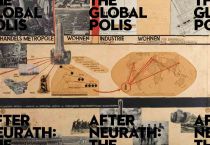
photo: design: Project Projects, New York
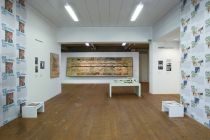
photo: Project Projects
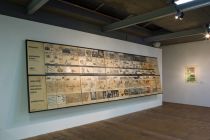
photo: Rob Kollaard
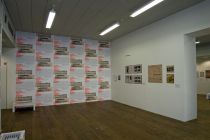
photo: Rob Kollaard
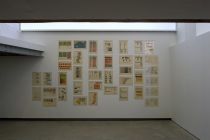
photo: Rob Kollaard

photo: Rob Kollaard
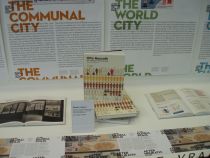
photo: Stroom Den Haag
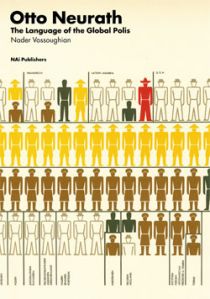
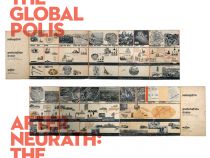
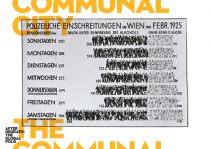
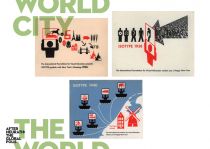
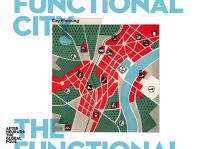
photo: design: Project Projects, New York

















